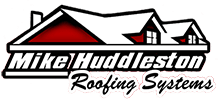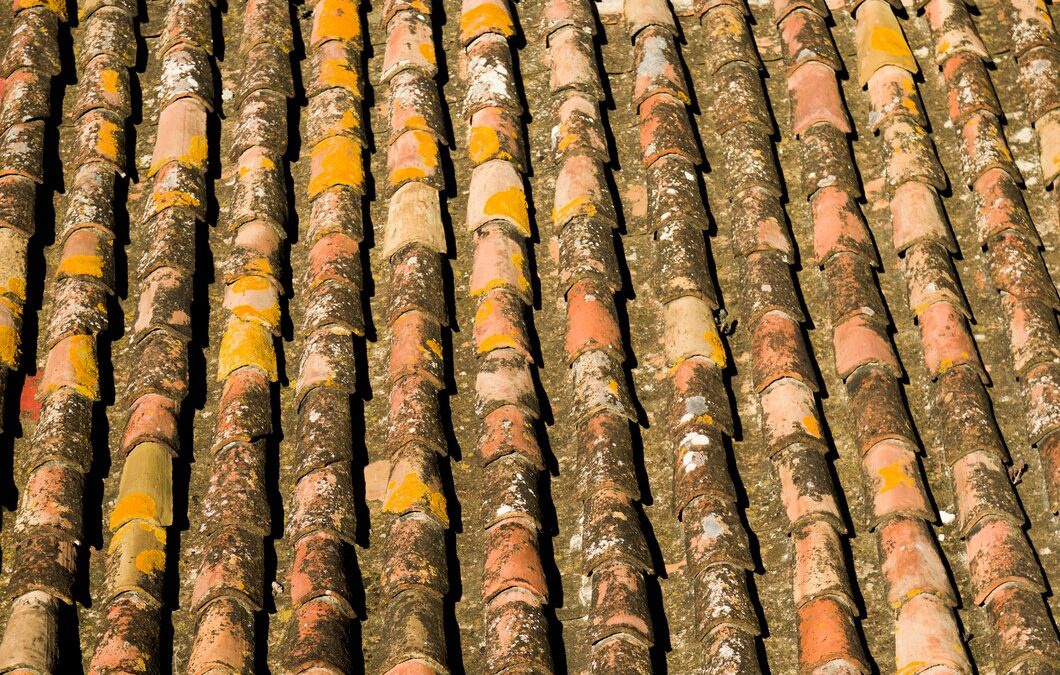Roof mold is a silent threat that can cause significant damage to your home if left unchecked. Often going unnoticed until it becomes a serious issue, mold can weaken your roof’s structure and affect your home’s overall health. It’s crucial to take proactive steps to detect and prevent roof mold before it compromises your living environment.
Detecting roof mold early can save homeowners from costly repairs and extensive damage. Mold thrives in damp and dark conditions, often making roofs a perfect breeding ground. Regular inspections and knowing what to look for can help you catch mold growth before it spreads. Understanding the signs of mold and its common causes is the first step in protecting your roof and home.
Preventing roof mold isn’t just about spotting it early; it’s about taking measures to ensure it never gets a chance to grow. From maintaining proper ventilation to addressing leaks promptly, there are multiple strategies homeowners can employ to safeguard their roofs. Once you know how to prevent mold, you’ll want to be prepared to handle it if it does appear. Knowing the steps to remove mold safely is essential for maintaining a healthy home.
By educating yourself on roof mold, you can take the necessary actions to keep your home safe. From detection to prevention and removal, dealing with mold proactively will ensure your roof remains in good condition for years to come.
Signs of Roof Mold
Detecting roof mold early is crucial to prevent extensive damage. Here are some signs to look for:
- Discoloration: One of the most apparent signs of mold is dark streaks or patches on your roof. These spots can be black, green, or even white, and they’re a clear indicator that mold is present.
- Musty Odor: Mold produces a distinct musty smell. If you notice this odor in your attic or upper floors, it could suggest mold growth in your roofing material.
- Allergic Reactions: Increased allergy symptoms such as sneezing, coughing, or itchy eyes when you’re at home might indicate mold growth. Mold spores affect indoor air quality, leading to these health issues.
- Peeling Paint: Look for peeling or blistering paint on the ceiling, especially in the attic or beneath the roof. This can be a sign that moisture, possibly from mold, is affecting the structure.
- Water Stains: Yellow or brown stains on your ceiling indicate a water leak, which could lead to mold growth if not addressed promptly. Inspect these areas carefully for further signs of mold.
By keeping an eye out for these signs, you can address mold problems before they become severe. Regular inspections, especially after heavy rains, can help you catch and deal with mold early.
Common Causes of Roof Mold
Understanding the common causes of roof mold is essential for prevention. Several factors contribute to mold growth, and knowing them can help you take preventive measures.
- Moisture Buildup: Mold thrives in moist environments. Leaky roofs, clogged gutters, and poor ventilation all lead to moisture accumulation, creating an ideal setting for mold to grow.
- Poor Ventilation: Adequate ventilation is crucial for keeping your roof dry. Poorly ventilated attics trap heat and moisture, creating a breeding ground for mold. Ensure your attic has proper airflow to keep mold at bay.
- Roof Debris: Leaves, twigs, and other debris can trap moisture on your roof, encouraging mold growth. Regularly cleaning your roof and gutters can prevent this issue.
- Shaded Areas: Roofs shaded by large trees or structures tend to stay wetter longer, providing mold with the moisture it needs to grow. Trim back trees to allow sunlight to dry out your roof properly.
- Faulty Roof Materials: Using low-quality or damaged roofing materials can also contribute to mold growth. Ensure your roofing materials are in good condition and replace any that are damaged.
By understanding and addressing these common causes, you can take proactive steps to prevent mold from taking hold of your roof. Regular maintenance and inspections are key to ensuring a mold-free roof.
Effective Prevention Strategies
Preventing roof mold starts with proactive measures. By minimizing moisture and improving ventilation, you can create an environment where mold struggles to grow. Here are some effective strategies:
- Improve Ventilation: Ensure your attic has proper ventilation. Install vents or fans to maintain air circulation. Good airflow reduces humidity and helps keep your roof dry.
- Regular Inspections: Conduct regular roof inspections to identify and address potential issues early. Look for signs of water damage, clogged gutters, and debris buildup. Inspect your roof at least twice a year and after major weather events.
- Clear Debris: Keep your roof and gutters free from leaves, twigs, and other debris. Clean gutters allow rainwater to drain properly, reducing the chance of moisture accumulation.
- Trim Trees: Trim back any overhanging branches that provide excess shade to your roof. Sunlight helps dry out your roof and prevents moisture from settling.
- Address Leaks Promptly: Repair any roof leaks promptly. Even minor leaks can lead to significant moisture buildup and mold growth over time. Seal gaps and replace damaged shingles as needed.
- Use Mold-Resistant Materials: When repairing or replacing your roof, consider using mold-resistant materials. These can provide an extra layer of protection against mold growth.
By following these strategies, you can effectively prevent mold from taking hold of your roof. Consistent maintenance and early intervention are key to keeping mold at bay.
Steps to Remove Roof Mold Safely
If you discover mold on your roof, it’s crucial to act quickly but safely to remove it. Here’s how to tackle roof mold removal:
- Protect Yourself: Wear protective gear like gloves, a mask, and goggles to avoid exposure to mold spores. Mold can be hazardous to your health, so taking precautions is essential.
- Use Mold Cleaner: Apply a roof-safe mold cleaner to the affected areas. You can find commercial mold removers at most home improvement stores. Follow the manufacturer’s instructions for proper application.
- Scrub the Mold: Use a soft-bristle brush to scrub the moldy areas gently. Be careful not to damage the roofing material. Scrubbing helps remove the visible mold and reduce spores.
- Rinse Thoroughly: Rinse the area with clean water to wash away the mold and cleaning solution. Make sure all residues are removed to prevent further growth.
- Dry the Area: Allow the roof to dry completely after cleaning. Proper drying is crucial to prevent mold from returning. Good weather conditions can aid the drying process.
- Inspect and Repair: After cleaning, inspect the roof for any damage. Repair any leaks, damaged shingles, or ventilation issues to prevent future mold growth.
Removing mold safely requires careful attention and the right tools. If the mold problem is extensive, consider hiring a professional to handle the job.
Conclusion
Roof mold is a hidden danger that can cause significant issues if not addressed promptly. By understanding the signs and common causes of mold, homeowners can take proactive steps to prevent it. Effective prevention strategies, such as improving ventilation, clearing debris, and addressing leaks, are crucial for maintaining a mold-free roof. If mold does appear, knowing how to remove it safely is essential to protect both your health and your home.
Regular maintenance and early intervention can keep mold from becoming a severe problem. Inspections, cleaning, and proper ventilation all play a role in keeping your roof in good condition. By staying vigilant and taking timely actions, you can ensure your roof remains free from mold and other damaging elements.
For expert guidance and roof maintenance services, contact Mike Huddleston Roofing Systems. Our experienced residential roofing contractor can help you protect your home from the silent danger of roof mold. Reach out to Mike Huddleston Roofing Systems today to keep your roof safe and secure.

